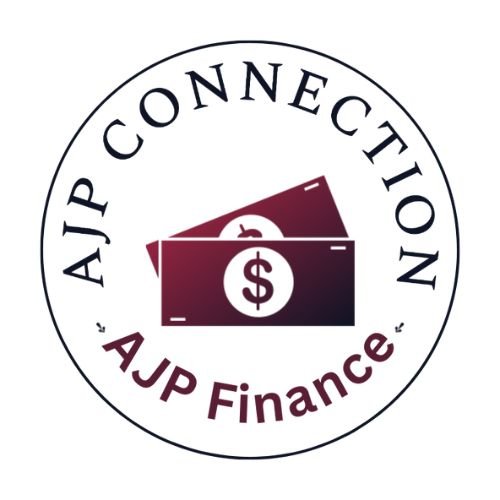Why Refinancing Is Worth Considering
Refinancing might sound complicated, but at its heart it’s about one simple idea: making sure your loan still works for you. Interest rates, lender policies, and your own financial circumstances change over time. The loan that suited you five years ago may no longer be the most competitive or flexible today. Refinancing gives you the opportunity to review your current structure and see if you could save money, unlock equity, or take advantage of features your existing loan doesn’t offer.
For homeowners in Melbourne and across Australia, refinancing has become one of the most effective strategies for reducing repayments and improving financial health. This guide will explain how refinancing works, the benefits and risks to consider, and the steps you can take to ensure you make an informed decision.
What Does It Mean to Refinance?
When you refinance, you replace your current loan with a new one — either with your existing lender or by moving to a new one. The reasons vary. Some people refinance to secure a lower interest rate, which can save thousands over the life of the loan. Others use refinancing to consolidate debts, access equity for renovations or investments, or switch to a loan with better features such as an offset account or redraw facility.
Importantly, refinancing is not about chasing the lowest headline rate you see advertised. It’s about looking at the whole picture — fees, features, repayment flexibility, and how the loan structure supports your financial goals.
Why Refinancing Can Save You Money
Lowering Your Interest Rate
One of the most powerful ways refinancing saves money is by reducing your interest rate. Even a difference of half a percent can result in thousands of dollars saved over the course of a 25- or 30-year loan. With rates and lender offers changing frequently, regularly reviewing your loan ensures you’re not paying more than you need to.
Consolidating Debts
If you’re juggling multiple debts — such as credit cards, personal loans, or car finance — refinancing can allow you to roll them into your mortgage. This often means you move high-interest debts into a single repayment at a lower rate. The key here is discipline: while it can simplify your finances and reduce costs, you need to avoid running up those other debts again.
Reducing Your Monthly Repayments
By lowering your interest rate or extending the term of your loan, refinancing can reduce your monthly repayments and ease financial pressure. While extending the loan term might lower short-term repayments, it’s important to understand that this could increase the total interest you pay over time.
Unlocking Equity
If your property has risen in value, refinancing gives you the chance to access equity — the difference between your home’s market value and what you owe on it. Many people use equity to renovate, invest in another property, or cover major expenses. Used wisely, equity can be a powerful tool for building wealth.
Things to Consider Before Refinancing
While refinancing can deliver big benefits, it’s not always the right move for everyone. There are costs involved, such as discharge fees on your current loan, application fees for the new loan, and government charges. If you’re on a fixed rate, breaking the loan early may trigger significant break costs.
You also need to think about how long you plan to stay in your home or hold the property. If you’re likely to sell soon, the savings from refinancing may not outweigh the costs. Extending your loan term to lower repayments might help in the short term, but it could mean you end up paying more interest in the long run. That’s why it’s important to do the maths — and why getting professional advice makes the process easier and safer.

